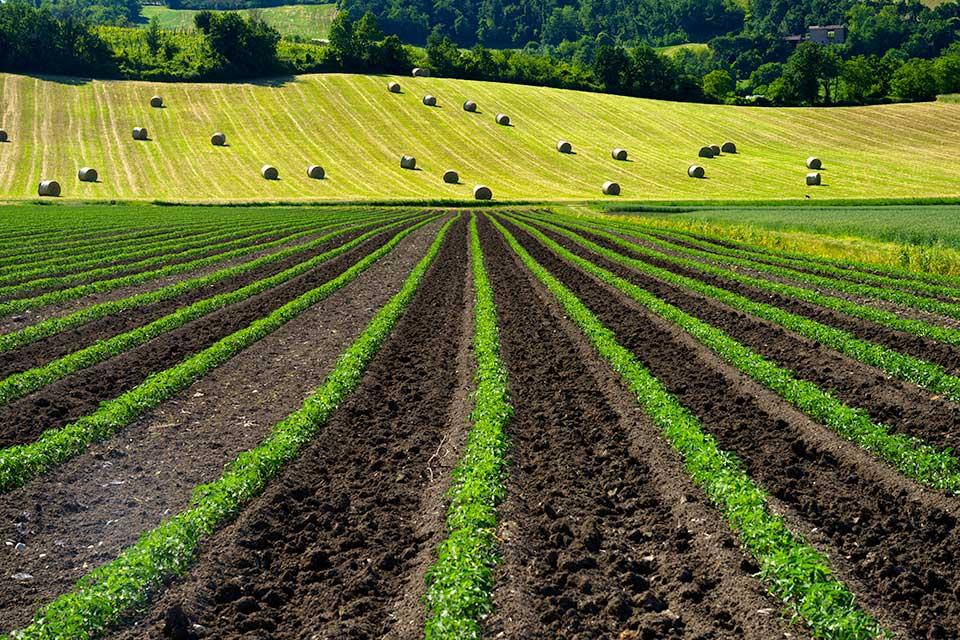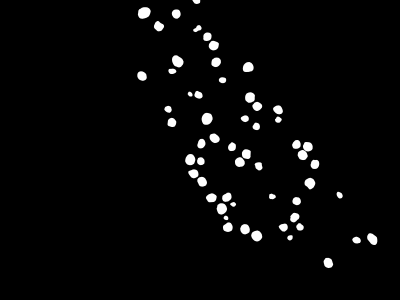artificial intelligence; deep learning
This dataset is designed for the classification of textual transcriptions of spoken conversations in Shanghai dialect and Mandarin Chinese. It consists of high-quality, manually transcribed texts from natural dialogues, annotated with corresponding language labels (Shanghai dialect: 1, Mandarin: 0).
- Categories:
 12 Views
12 ViewsRipe and unripe pistachios lies in their appearance, taste, and texture, as well as their uses. Ripe Pistachio: The kernel inside is vibrant green with purple skin, larger, and fully developed. More aromatic and flavorful than unripe pistachios. Widely used in desserts (ice creams, baklava, pastries) and savory dishes. Unripe Pistachio: The nut kernel is smaller and pale green or yellowish. Less sweet and not as flavorful as ripe pistachios. Sometimes used in specialty cuisines, pickling, or as a garnish. This dataset contains 966 images for ripe and 966 images for unripe classes.
- Categories:
 294 Views
294 Views
The demand for intelligent automation in factories has been steadily increasing. While traditional robotic arms perform simple automated tasks, deep reinforcement learning enables them to execute more complex operations. However, deep reinforcement learning in the field of robotics often encounters challenging learning tasks, especially in three-dimensional and continuous environments where obtaining rewards becomes sparse. To address this issue, this article proposes the Hindsight Proximal Policy Optimization (HPPO) method for intelligent robotic control.
- Categories:
 23 Views
23 ViewsThis figure shows the accuracy and loss curves generated during the training process. We trained different neural networks on the CIFAR-100 dataset. For each network, the same training strategy was applied to every image in the dataset. The blue curve represents the accuracy after replacing the convolution layers, which achieves a higher accuracy compared to other networks.In the figure, the green curve represents the network after replacing standard convolution with the SCT module.
- Categories:
 68 Views
68 Views
Efficient and realistic tools capable of modeling radio signal propagation are an indispensable component for the effective operation of wireless communication networks. The advent of artificial intelligence (AI) has propelled the evolution of a new generation of signal modeling tools, leveraging deep learning (DL) models that learn to infer signal characteristics.
- Categories:
 1756 Views
1756 Views
Dataset from UCI contains the electricity consumption (in kWh) of 320 customers every 15 minutes from 2011 to 2014. For some customers, their electricity consumption data was recorded starting from a different time, and the data before the first record was marked as 0. As training model requires a starting point for the time series, and different customers have different starting times, some features remain 0 before a certain time point. Using all the data for training would inevitably have a negative impact. Therefore, the data from 2011 is removed and set the starti
- Categories:
 670 Views
670 Views
Data from NASA Power Project, aiming the study of solar irradiance in the Amazon Basin, focusing 12 cities in the Amazonas State, Brazil. The data is daily basis, the target variable is the solar irradiance, and the input variables are the local temperature, local air humidity, local wind speed at 10m, local wind direction at 10m, percentage of the sky coverture, the total precipitation corrected. The time span covers 2017 to 2023. Deep learning has grown among the prediction tools used within renewable energy options.
- Categories:
 78 Views
78 Views
Most plant diseases have observable symptoms, and the widely used approach to detect plant leaf disease is by visually examining the affected plant leaves. A model which might carry out the feature extraction without any errors will process the classification task successfully. The technology currently faces certain limitations such as a large parameter count, slow detection speed, and inadequate performance in detecting small dense spots. These factors restrict the practical applications of the technology in the field of agriculture.
- Categories:
 1079 Views
1079 Views
This dataset is made for traditional, machine learning, and deep neural-network-based virtual sensor development and evaluation.
- Categories:
 95 Views
95 ViewsThe description of the proposed glomerulus segmentation dataset is as follows: The dataset contains 200 WSI (H&E, PAS, MAS, PASM) images provided by Peking University Shenzhen Hospital and manually labeled by pathologists. The slides of the dataset are basically similar in tissue structure but not pix-level paired. The magnification of the slides is 40×, and the resolution is 0.2528μm/pixel.
- Categories:
 300 Views
300 Views


